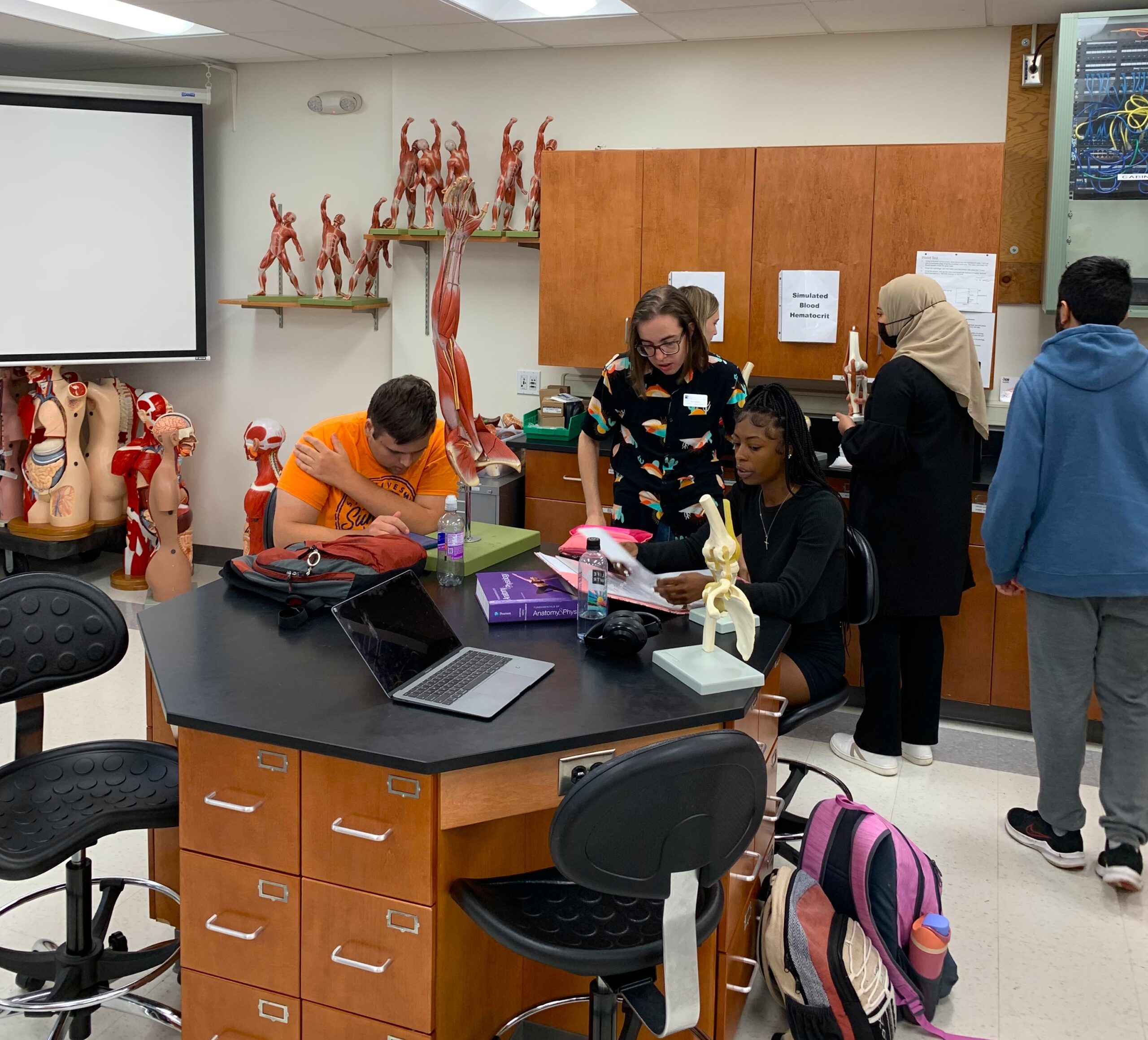National gap in community college completion rates
Josh Ritchey
-Staff Writer-
A computer monitor, a mouse and a keyboard create a different experience than the traditional pencil, paper and wooden desk.
Online classes vary from traditional classes not only in the materials, but also in the results for students in community colleges, according to a July 18 article in the Chronicle of Higher Education.
The study conducted by the Community College Research Center showed an 8 percent gap in completion rates between the types of classroom settings. The enrollment histories for 51,000 community college students in the study showed the gap favoring traditional classes to produce more completions than online classes.
“Many people don’t realize what an online class really is,” said associate professor in communications Susan Hunt-Bradford. “Many go into an online class thinking it will be easier, think there are no deadlines, or that it is an independent study.”
Distance learning offers an alternative learning style and the convenience of not having to attend class on a weekly basis. Assignments and tests are submitted online through Blackboard. It has become more popular and helps meet the need of those in the community, according to Dean of Math and Communications Angela Grupas.
“Online learning is a newer delivery method and not just for everyone,” Grupas said. “You may find your fit and if it doesn’t, it’s all good. Know how you learn.”
Meramec offers an online assessment, Readiness for Education At a Distance Indicator (READI). The assessment helps students gauge how well-prepared they are and need to be to take an online class. Students should be advised to take it before signing up for an online class, according to Hunt-Bradford.
“Oftentimes there is a [disconnection] between students’ expectations of what an online course is,” Grupas said.
Some students face roadblocks like a lack of time management skills or technology skills, Grupas said.
However, many students find the additional flexibility attractive, according to Grupas.
Time limits in online classes exist just like in a classroom; the difference is that some online classes allow students to begin the test at their own discretion. The tests and timed assignments cannot be stopped, interrupted or restarted in the case of emergency or technical difficulty.
“If you’re taking an online class, make sure you make time for it,” student Scott Jensen said. “I personally enjoy meeting new people and new teachers in classes.”
Online class instructors must hold office hours for students to meet with them in person, but all other interaction is done over email.
“My advice for online students would be to engage learning with other students, interact with your peers,” Grupas said. “It’s not just about submission, it’s also about community with others.”












